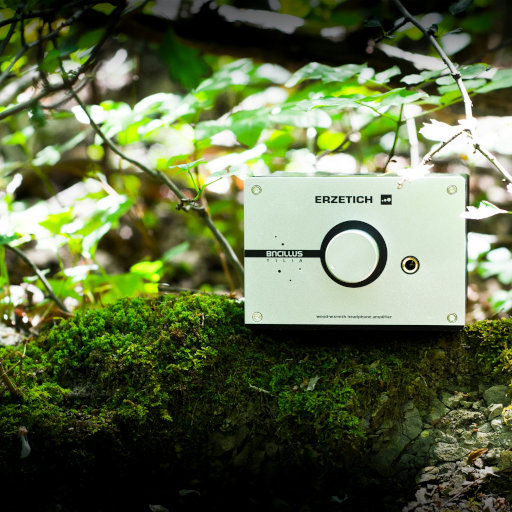Data Fidelity: Audio Export Formats for Babbeleaf Research and Projects

For researchers, sound artists, and other professionals using the Babbeleaf device, understanding audio file formats is essential for preserving data integrity and ensuring compatibility with analysis and production software. The device outputs high-fidelity waveform data, and the choice of export format determines whether that data remains pristine for analysis or is optimized for distribution.
Formats are broadly categorized as lossless (perfect preservation of original data) and lossy (smaller file size achieved by permanently removing audio data). The following guide outlines the key specifications for each common format.
Lossless Formats (Recommended for Data Analysis)
These formats are ideal for archiving original recordings and for any situation where data integrity is paramount, such as scientific analysis or further processing in a Digital Audio Workstation (DAW).
1. WAV (Waveform Audio File Format)
Size: Approximately 10 MB per minute at CD quality (44.1 kHz, 16-bit)
Pros: Uncompressed, highest quality; the standard for professional audio production and scientific use; universally supported.
Cons: Very large file sizes.
Best For: Primary archival of Babbeleaf recordings; import into DAWs for sound design; scientific data analysis.
2. FLAC (Free Lossless Audio Codec)
Size: Typically 50-70% smaller than WAV
Pros: Lossless compression, meaning perfect quality in a smaller size; supports metadata.
Cons: Not natively supported on all devices (though support is widespread on computers and modern smartphones).
Best For: Long-term storage of data while saving space; sharing full-quality recordings with collaborators.
3. AIFF (Audio Interchange File Format)
Size: Comparable to WAV
Pros: Uncompressed, high quality; excellent metadata support (like WAV but better for Mac ecosystems).
Cons: Large file sizes; less common in Windows environments.
Best For: Mac-based audio production workflows.
Lossy Formats (For Distribution Only)
These formats use compression to create smaller files by discarding audio information deemed "inaudible." This process is irreversible and degrades the original data. Not recommended for any scientific analysis or further audio production.
4. MP3 (MPEG Layer Audio 3)
Size: ~1 MB per minute (128 kbps)
Pros: Universally compatible; small file size.
Cons: Permanent loss of high-frequency and subtle audio information.
Best For: Creating quick preview clips for web sharing or email where file size is a critical constraint.
5. AAC (Advanced Audio Codec)
Size: Similar to MP3 but better perceived quality at equivalent bitrates.
Pros: More efficient algorithm than MP3; standard for iTunes, YouTube, and iOS.
Cons: Lossy compression; not ideal for professional editing.
Best For: Final distribution of casual listening files, especially for Apple users.
6. OGG (Ogg Vorbis)
Size: Comparable to MP3.
Pros: Open-source and free from licensing fees; efficient compression.
Cons: Limited native support outside of gaming and open-source platforms.
Best For: Web audio applications where open standards are required.
Recommendation for Babbeleaf Users
For Research & Analysis: Always record and archive in a lossless format (WAV or FLAC). This ensures the electrophysiological data captured by the Babbeleaf device remains complete and unaltered for rigorous analysis.
For Sound Design & Music Production: Use WAV or AIFF files within your DAW to maintain the highest quality throughout the production process.
For Sharing & Presentation: Use lossy formats like MP3 or AAC only for creating lightweight copies for demonstrations, presentations, or quick shares where perfect fidelity is not required.
Understanding this distinction is key to leveraging the full potential of the Babbeleaf device as a precision instrument for both data acquisition and creative exploration.
